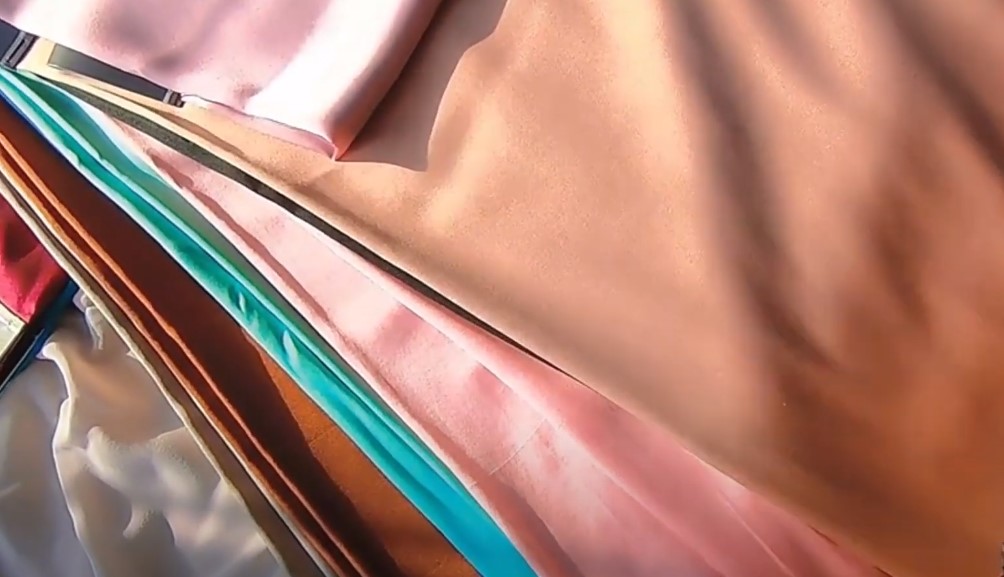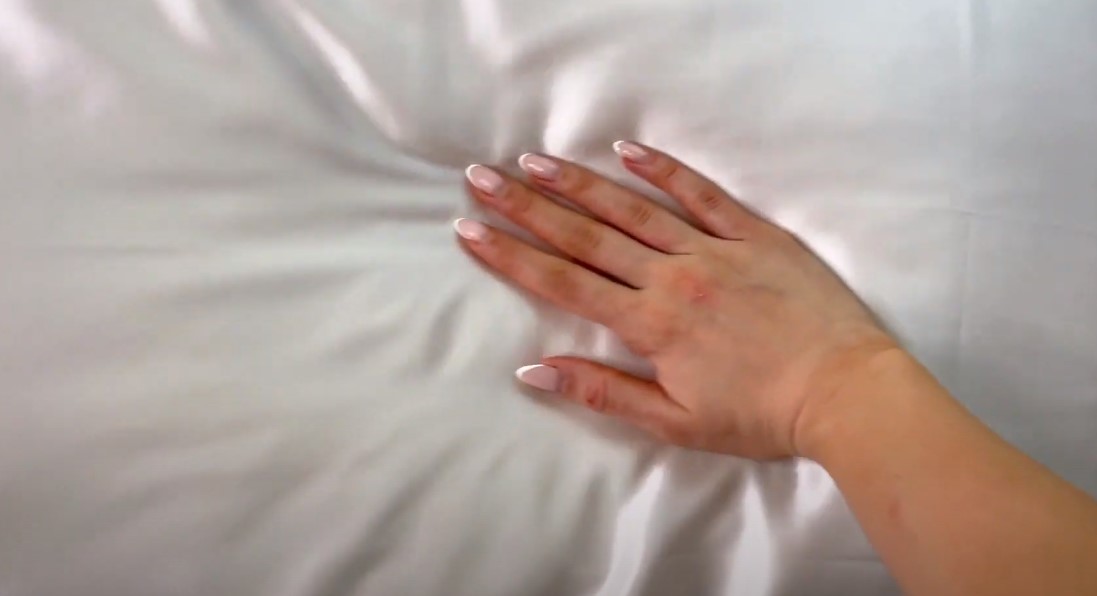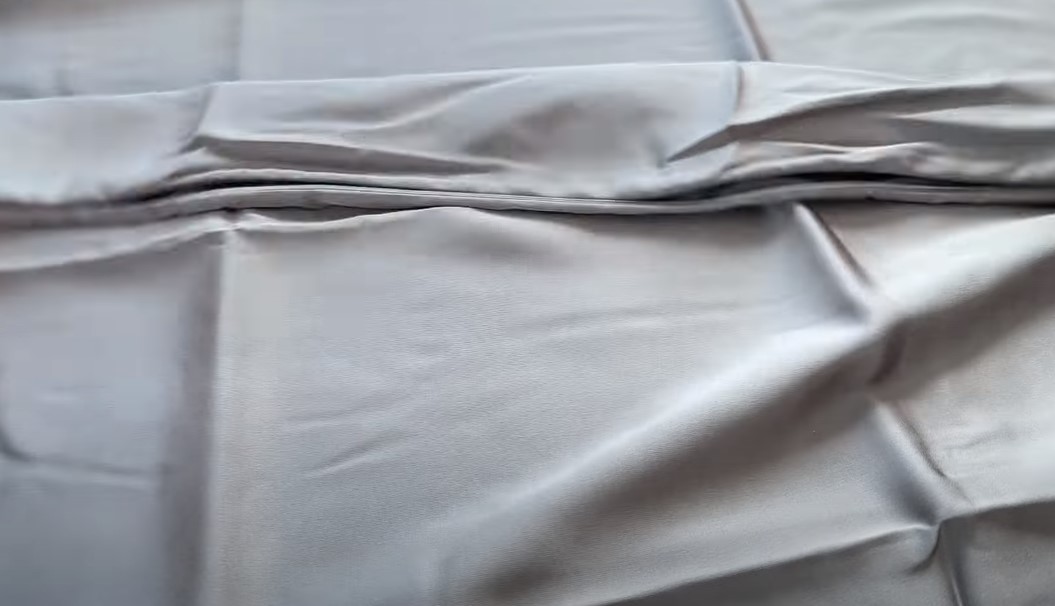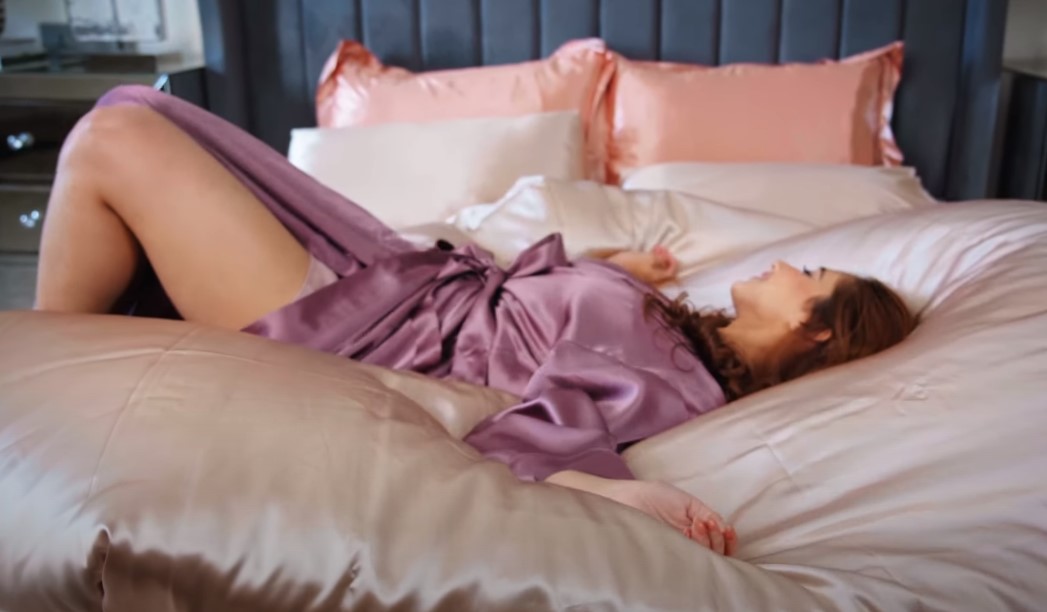Mulberry silk is the stuff of legends, the epitome of luxury, and the one fabric that makes you feel like royalty just by touching it.
But what exactly makes mulberry silk so special? Why is it the darling of the fabric world? Today, we will explore everything you need to know about this fancy material.
The Origins of Mulberry Silk

Let’s start with a bit of history. Mulberry silk comes from the silkworms of the Bombyx mori moth, which have a diet exclusively of—you guessed it—mulberry leaves.
The process of creating this silk dates back thousands of years to ancient China, where it was once a closely guarded secret.
Anyone caught trying to smuggle silkworms or their eggs out of China faced the death penalty. High stakes fashion, indeed.
The Making of Mulberry Silk
The production of mulberry silk isn’t for the faint-hearted. Here’s a step-by-step breakdown:
-
- Silkworms Feast on Mulberry Leaves: These little critters eat, and eat, and eat some more. Their diet is strictly mulberry leaves, which results in a pure white silk thread.
- Spinning Cocoons: Once the silkworms have gorged themselves, they spin cocoons made from silk fibers. This process can take anywhere from two to three days.
- Harvesting the Silk: The cocoons are then collected and boiled. Yes, it sounds harsh, but it’s the only way to get those continuous fibers without breaking them.
- Reeling the Silk: The silk is carefully unwound from the cocoons in long threads. These threads can be up to a mile long!
- Weaving the Fabric: Finally, the silk threads are woven into fabric, ready to be turned into whatever your heart desires.
Why Mulberry Silk is the Best
So, what sets mulberry silk apart from other types of silk? Let’s break it down:
1. Purity
Mulberry silk is incredibly pure because the silkworms have a strict diet of mulberry leaves. This results in a silk that’s smoother and more durable.
2. Consistency
The threads of mulberry silk are longer and more uniform than other silks, which means fewer bumps and irregularities in the fabric.
3. Softness
It’s softer than a baby’s bottom. Seriously, if you haven’t felt mulberry silk, you’re missing out.
4. Strength
Despite its softness, mulberry silk is incredibly strong. It’s one of the strongest natural fibers out there.
5. Hypoallergenic
Perfect for those with sensitive skin, as it naturally repels allergens like dust mites.
The Benefits of Wearing This Fabric
Wearing mulberry silk isn’t just about looking fancy. It comes with a slew of benefits:
- Temperature Regulation: Keeps you cool in the summer, and warm in the winter, just like wool. You can think of it as your personal climate control system.
- Moisture-Wicking: Absorbs moisture without feeling damp, keeping you dry and comfortable.
- Skin-Friendly: The smooth texture reduces friction, preventing wrinkles and bedhead.
- Health Benefits: Natural proteins and amino acids in the silk can actually help reduce signs of aging and improve skin health. Who needs fancy creams when you have silk?
How to Care For It

Now, let’s talk about the not-so-glamorous part: caring for your precious silk garments. Here’s a handy guide to keep your silk looking as fabulous as you:
- Hand Wash or Delicate Cycle: Always opt for gentle washing. Hand washing is ideal, but if you must use a machine, go for the delicate cycle.
- Use Mild Detergent: Harsh chemicals are a no-go. Use a detergent specifically designed for silk or gentle fabrics.
- Cold Water Only: Hot water can damage the fibers. Cold water helps maintain the silk’s integrity.
- Air Dry: Lay your silk garment flat to dry. Avoid wringing it out or using a dryer. Trust me, it’s worth the extra effort.
- Avoid Direct Sunlight: Prolonged exposure to sunlight can weaken the fibers and fade the color. Dry your silk in the shade.
- Iron on Low Heat: If you must iron, do it on the lowest setting and preferably while the fabric is still slightly damp.
Mulberry Silk vs. Other Types of Silk

Not all silks are created equal. Here’s how mulberry silk stacks up against its counterparts:
- Tussah Silk: Made from wild silkworms, it has a coarser texture and is less uniform in color. It’s also less durable than mulberry silk.
- Eri Silk: Known as “peace silk” because the silkworms aren’t killed during the process. It’s softer and less lustrous than mulberry silk.
- Muga Silk: Rare and golden in color, it’s mainly produced in India. While beautiful, it’s not as soft or strong as mulberry silk.
Popular Uses for Mulberry Silk
Mulberry silk isn’t just for fancy dresses and pajamas (though it’s amazing for those too). Here are some popular uses:
- Bedding: Silk sheets and pillowcases are a game changer. They’re hypoallergenic, temperature-regulating, and feel like sleeping on a cloud.
- Clothing: From blouses to dresses, silk adds a touch of luxury to any wardrobe.
- Accessories: Think scarves, ties, and even eye masks. Silk elevates any accessory to high fashion status.
- Beauty Products: Silk is now being used in beauty products like hair wraps and skin masks for its beneficial properties.
Is Mulberry Silk Worth the Investment?

The big question: is it really worth shelling out the extra cash for mulberry silk? In a word, yes. Sure, it’s pricier than other fabrics, but the benefits far outweigh the cost.
Mulberry silk lasts longer, feels better, and looks more luxurious. Plus, with all the health and skin benefits, it’s practically a beauty product in fabric form.
Final Thoughts
Mulberry silk isn’t just a fabric; it’s an experience. From its rich history to its numerous benefits, it’s no wonder mulberry silk remains the gold standard in luxury textiles.
So, next time you’re in the market for a new blouse or a set of sheets, give mulberry silk a try. Your skin, your sleep, and your sense of style will thank you.

